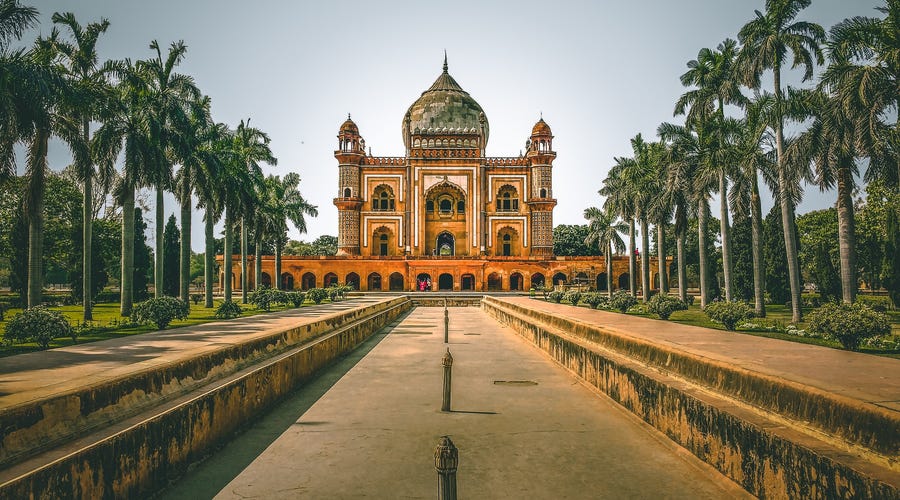From business to Bollywood, India is a country filled with culture, history and alongside all of it - languages.
Travel around India, and you’ll hear a multitude of languages and musical dialects. In fact, it may feel like you hear hundreds. You wouldn’t be wrong.
So how many Indian languages are there? While India has 22 separate official languages , it is home to a total of 121 languages and 270 mother tongues. It’s also home to the world’s oldest language, Hindi.
Indian languages spoken in India

As the world’s oldest language, Hindi is, unsurprisingly, the most spoken in India. Melodic and unique, it can be heard across much of North and Central India. It’s also spoken by 366 million people across the world.
Hindi belongs to the Indo Aryan Languages family, which represents the largest of the language families in terms of speakers.
After Hindi, the languages most spoken within the family are:
- Bengali
- Punjabi
- Marathi
- Gujarati
- Rajasthani
- Bhojpuri
- Odia
- Maithili
- Sindhi
- Nepali
- Assamese
- Chhattisgarhi
- Sinhala
- Romani
What is the official language of India?

Hindi is the official language of India, with English being the second official language.
However, there is no national language as per the Constitution.
English in India
English is the second language in India, and the reason why stems from history. English was the official language during British rule. When India was granted independence, the language lingered, and time hasn’t changed that.
In fact, India is ranked as the world’s second-largest English-speaking country after the United States, with over 1 billion people speaking it. English in India is primarily used in business, education, and official documents.
A list of Indian languages

The Indian constitution recognises 22 official languages. These are:
- Bengali
- Hindi
- Maithili
- Nepalese
- Sanskrit
- Tamil
- Urdu
- Assamese
- Dogri
- Kannada
- Gujarati
- Bodo
- Manipur (also known as Meitei)
- Oriya
- Marathi
- Santali
- Telugu
- Punjabi
- Sindhi
- Malayalam
- Konkani
- Kashmiri
A family affair

Indian languages belong to either the Indo-Aryan language family (the largest) or the Dravidian language family (the second largest).
The Indo-Aryan languages are spoken by more than 800 million people and are spoken in Nepal, Pakistan, Bangladesh, and Sri Lanka. The top languages spoken in terms of the number of speakers are Hindi-Urdu, Bengalis, Punjabi, Marathi, and Gujarati.
Dravidian languages are spoken by around 220 million people, living in southern and central India. The primary languages spoken are Telugu, Tamil, Kannada, and Malayalam.
Other interesting Indian language facts
- Hindi ranks as one of the most spoken languages in the world. Bengali is also one of the most spoken languages in the world.
- India has no national language. After independence, it became too hard to select one from the thousands spoken.
- English has many words of Indian origin including; dungarees, avatar, jungle, tank, shampoo, roti, dinghy, chutney and mongoose.
- Telugu is an Indian language which is known as the ‘Italian of the East’.
- Hindi got its name from the Persian word Hind, meaning 'land of the Indus River'.
- Sanskrit, Urdu, Nepalese, Bengali and Gujarati all have some similarities with Hindi, either in spoken language or in the written script.
- Malayalam, the language spoken in the southern Indian state of Kerala, is the longest palindrome in the English language
Expand your knowledge of languages



